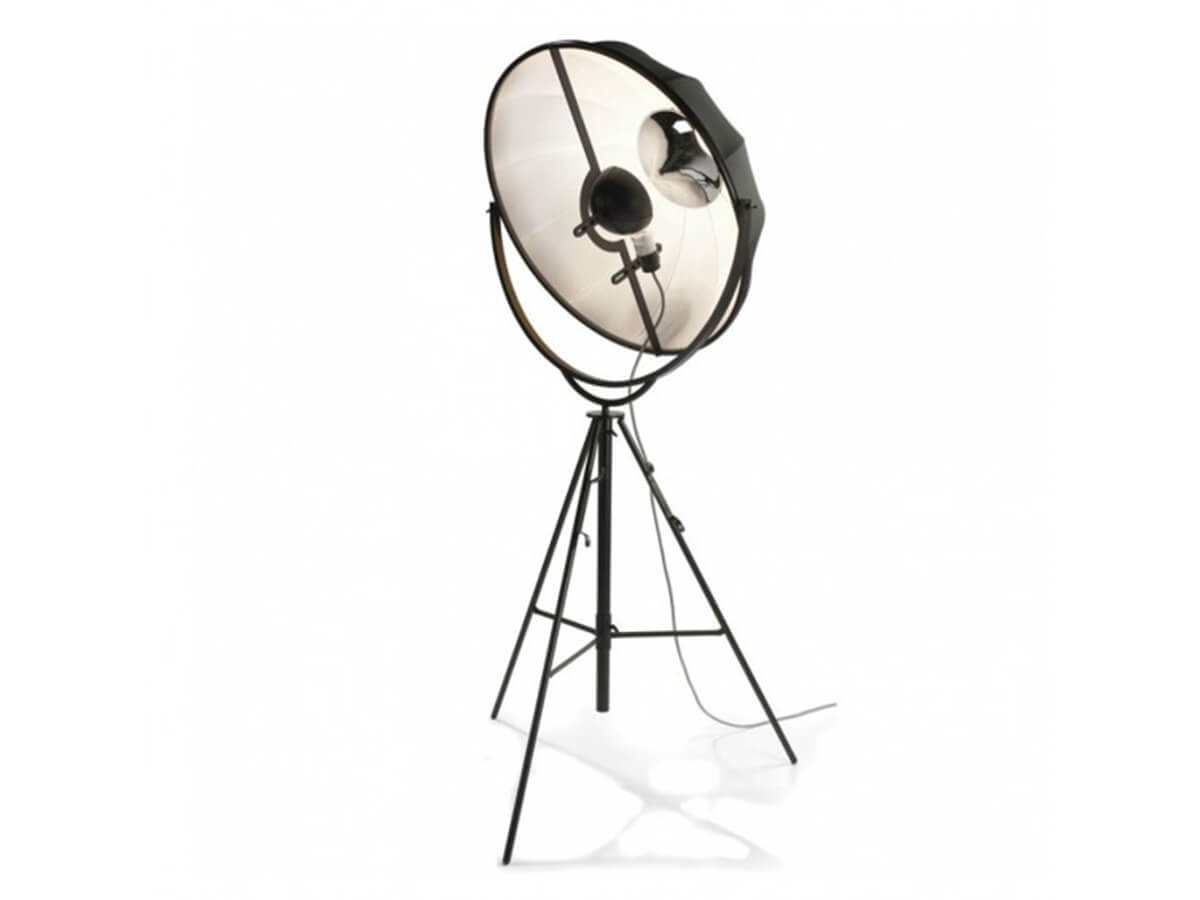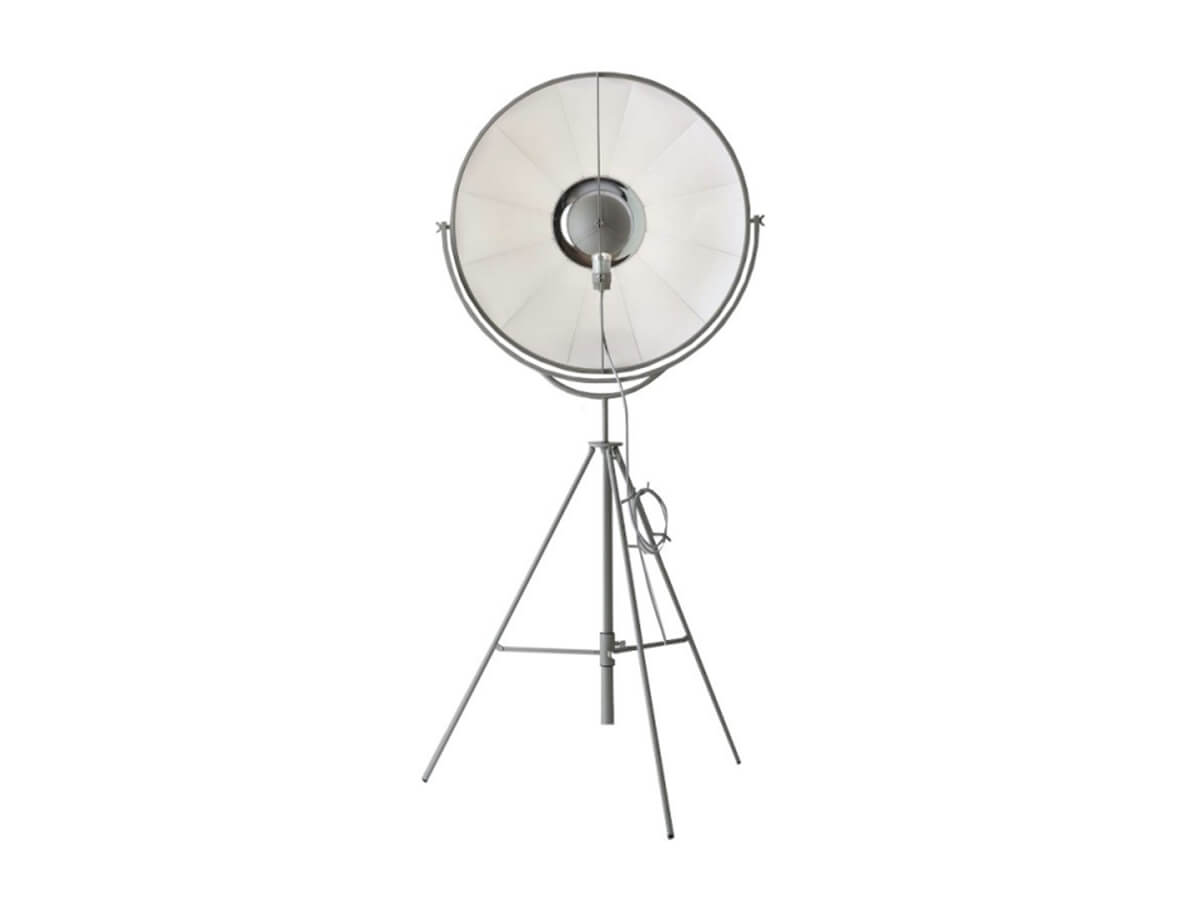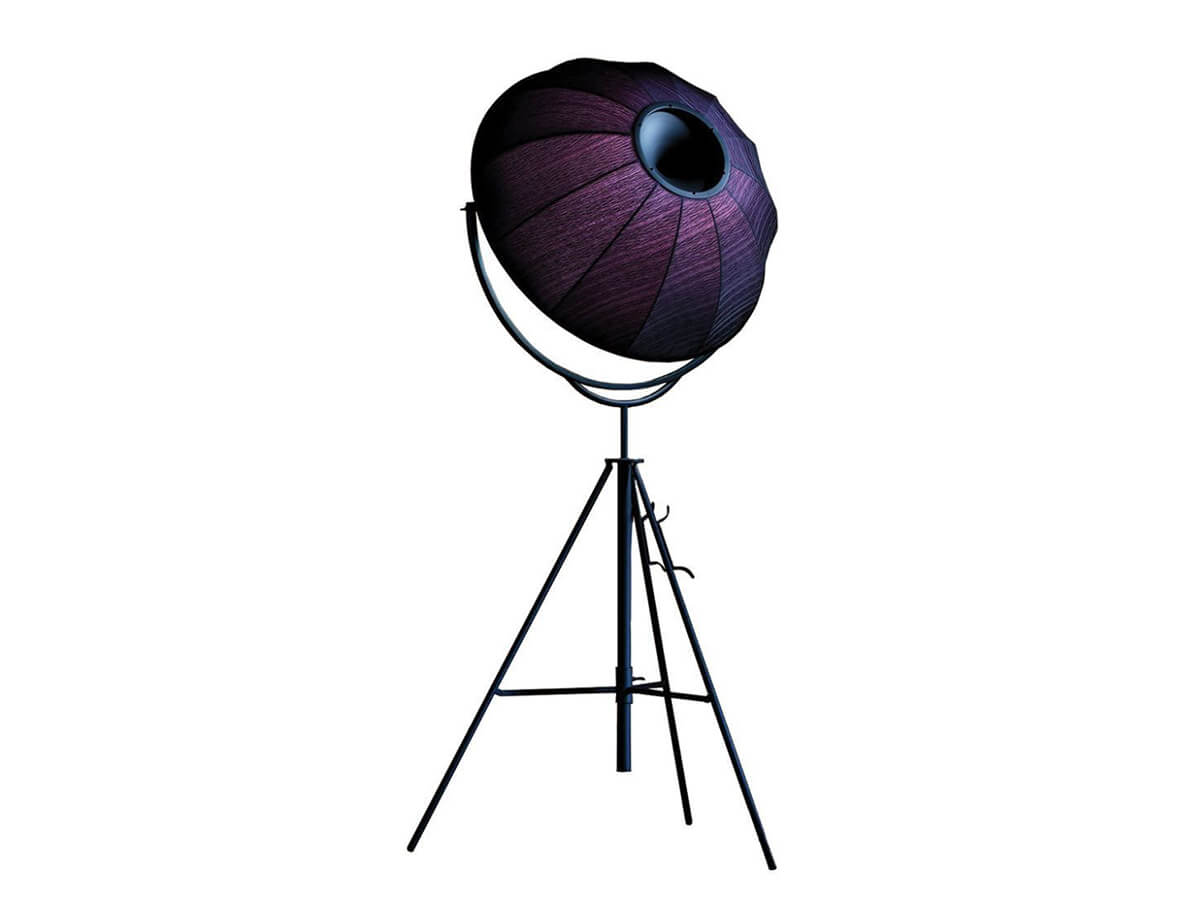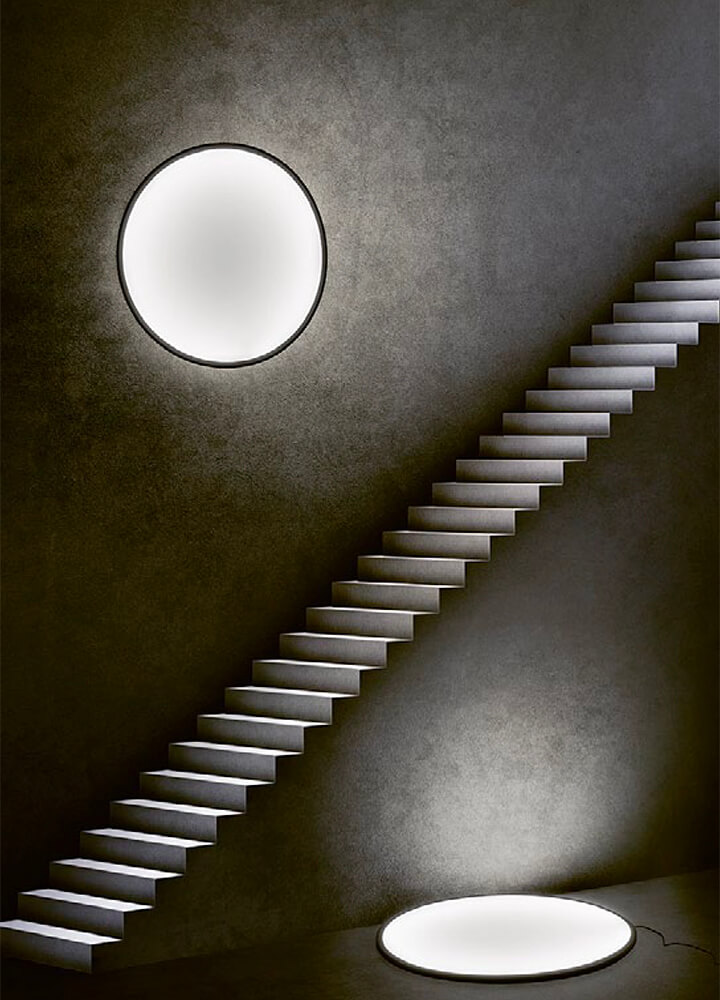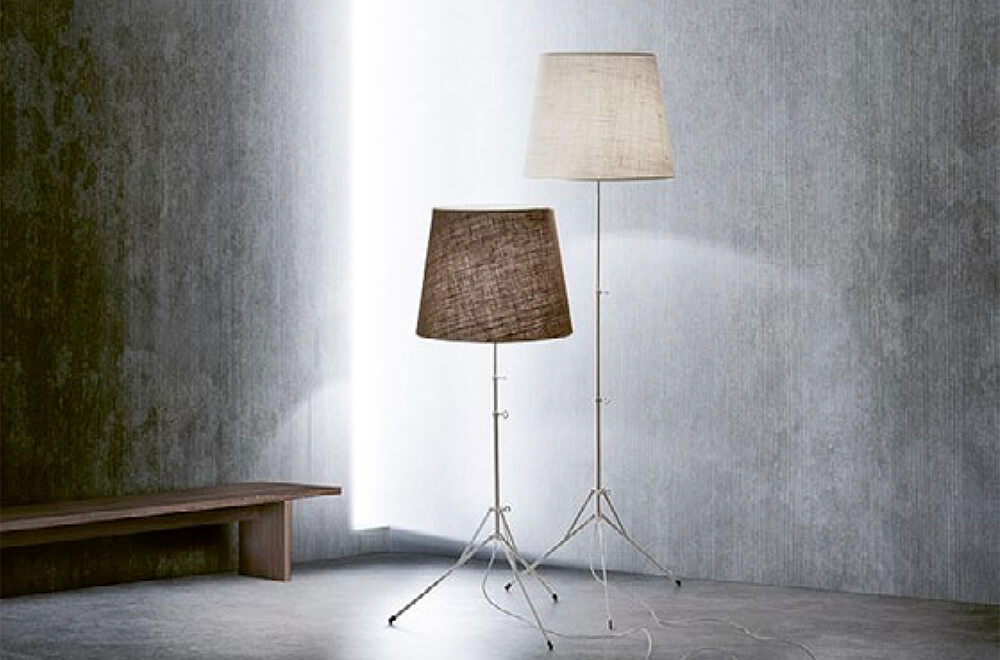Paolo Pallucco is one of the great forgotten names of Italian design. He began his activity in Rome in the ’70s, then moved to Veneto in the following decade along with Mireille Rivier, his partner of work and life. A great nonconformist intellectual, Pallucco cuts out an autonomous space in the panorama of those years, far from both the postmodernism of the contemporary vanguards like Memphis and Alchimia and the new style of more commercial brands.
All Pallucco projects were marked by a hard and uncompromising minimalism, the son of the unique inspiration of a free spirit without boundaries, which will bring Pallucco to important collaborations outside the sector such as the one with the designer Rei Kawakubo and the photographer Peter Lindbergh. It was this attitude to break the established patterns that led Pallucco to become one of the founding trademarks of the Fuorisalone, with its famous installations at the former slaughterhouses in Milan.
Contributed to their great success the underground climate created by the settings of Henri Alekan, historical director of photography of Wim Wenders, and Peter Pabst, set designer of Pina Bausch. A group of inmates of San Vittore was chosen to serve the space bar. At the height of his fame, Pallucco decides once again to shoot the cards, selling the company.
The Pallucco brand therefore continued its journey through the exploration of new languages under the artistic direction of Hannes Wettestein first and then Jurgen Bey. In 2017 it was bought by Lino Lando, owner of Venetia Studium, historical manufacturer of the Fortuny lamps. Pallucco lamps, in the floor, table, pendant and wall-mounted versions, are today the fulcrum of the company’s production, which also includes containers, tables and bookcases.
